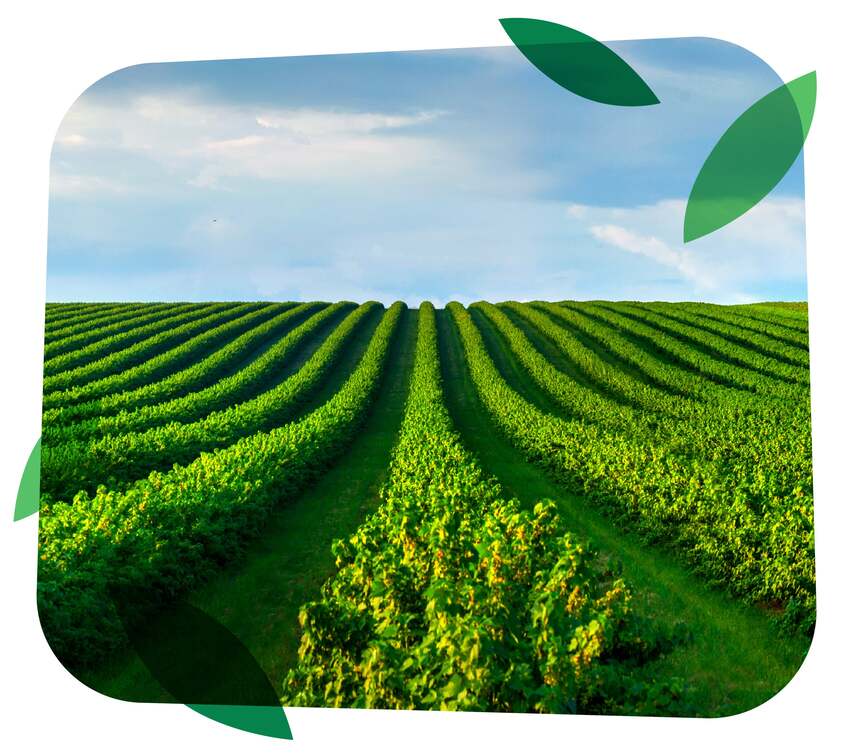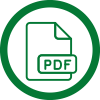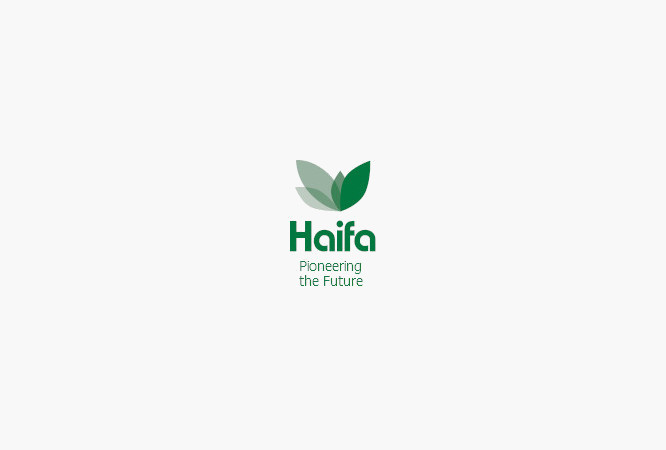Abstract:
Gerbera liners of ‘Festival Light Eye Yellow’ were transplanted one plant per 5-inch pot. Plants were fertilized with one of six constant liquid fertilizer levels (50, 75, 100, 200, 300 or 400 mg·L-1 N) for 8 weeks. Plants were harvested at week 2, 5 and 8 after transplanting. Recently fully expanded leaves were sampled and analyzed for the concentration of 11 nutrients (N, P, K, Ca, Mg, S, B, Cu, Fe, Mn, and Zn). Upper and lower optimal nutritional limits were established for each element over time by analyzing the plant growth (plant height, diameter, dry weight and growth index (GI)). The sufficient tissue concentration of N, K, B, and Cu increased over 8 weeks. At 2 weeks, N and K ranged from 2.94 to 3.2% and 2.73 to 3.28% and increased to 3.33 to 4.16% and to 3.22 to 4.55% at 8 weeks, respectively. At 2 weeks, B and Cu ranged from 26.6 to 26.8 mg·kg-1 and 1.4 to 2.4 mg·kg-1 and increased to 32.0 to 35.8 mg·kg-1 and to 4.1 to 7.6 mg·kg-1 at 8 weeks, respectively. The range of other nutrients decreased over the 8 weeks. The optimal concentration ranges observed were narrower than previously published concentrations for gerberas for pot plant production. In addition, this study accounted for differences in concentrations over the entire crop cycle and reflected modern fertilization practices.







